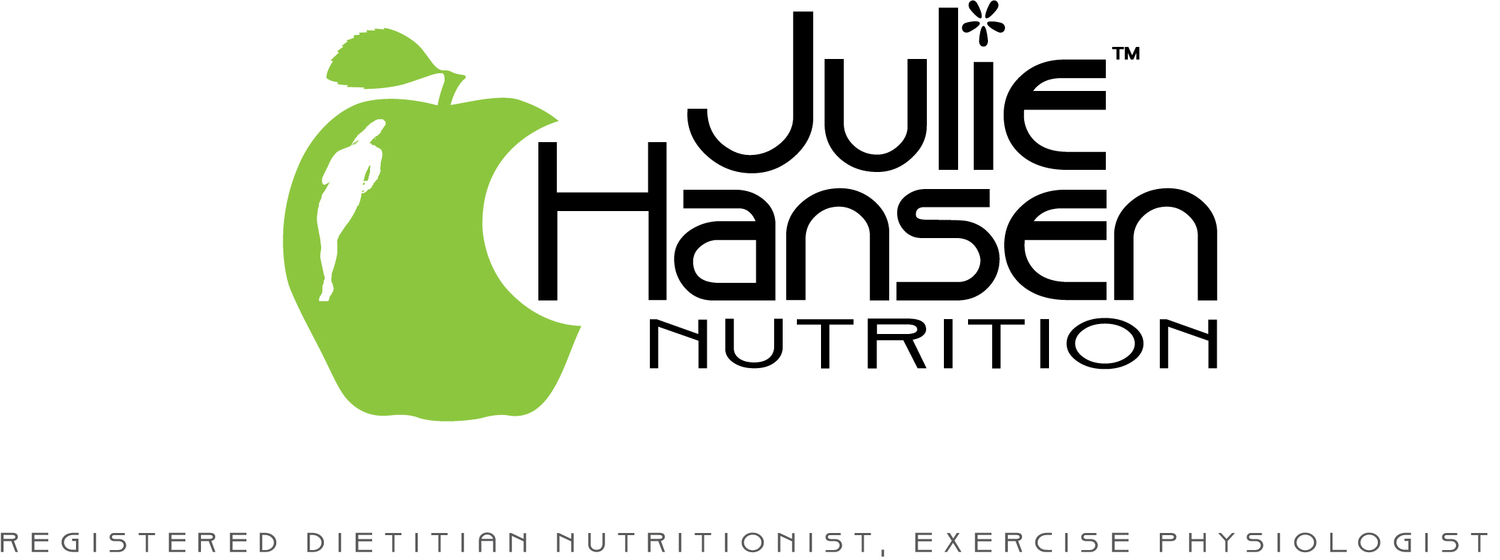Those of you who regularly perform endurance sports know the importance of learning what to eat during exercise. I have worked with some athletes who have no issues consuming any type of fuel during training but more commonly are the athletes who struggle with GI issues. If you have ever bonked on a bike or suffered from heavy legs during a run, then you know how important nutrition can be.
As we train and compete we are trying to delay fatigue. Of course training is a major component to preventing fatigue but carbohydrate and fluid consumed during activity can help. Peak use of carbohydrate occurs 75-90 minutes after consuming which means that carbohydrates can become a huge source of energy (60-70%) in the later stages of exercise. This occurs because the carbohydrate is used to maintain blood glucose levels, spare muscle glycogen and lead to a positive effect psychologically (the exercise stress doesn’t feel so bad).
So when and how much carbohydrate should be consumed?
During a 60-120 minute training session, the recommended goal is to eat and/or drink every 15-20 minutes, and obtain 30-60 grams of carbohydrate per hour. See the chart below:
It is important to practice using different types of carbohydrate foods to see foods are tolerated and absorbed. Many women who are over the age of 50 struggle with GI issues during exercise. My biggest advice is to keep trying different foods. Just like you train your muscles to know their capacity, you can train your GI tract to know what it can handle. Running tends to cause more issues than cycling or swimming.
Happy Training!!








